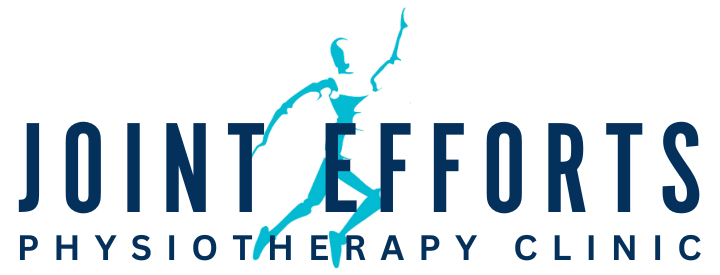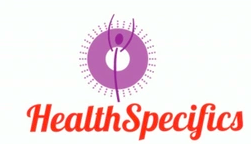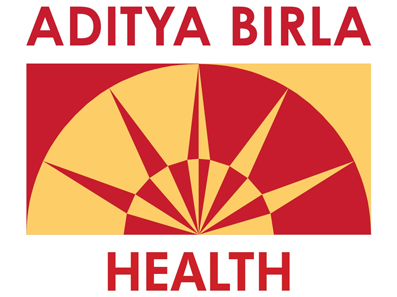Best Physiotherapist & Chiropractor in Noida
Joint Efforts Physiotherapy Clinic
Best physiotherapy Clinic in Noida Since 2010, We are treating Chiropractor, Neuro, Orthopedic, Sports Injuries, and all kinds of pains
Chiropractic Treatment or Pain Managment
Most chiropractors focus on relieving pain in the neck and back but their duties do not stop there
Physiotherapy For Sports Injury
We provide massage therapy to various sports clubs, training institutes, gyms & solo athletes
Best in Class Neuro Rehabilitation
Neurological rehabilitation has the ability to improve brain function and health.
Bringing Physiotherapy to You
Wellness Delivered to Your Doorstep
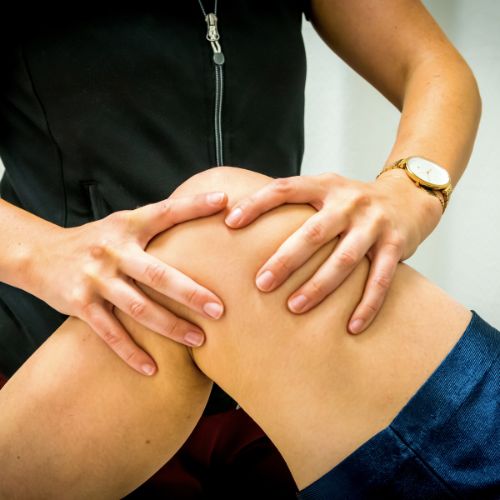
Physiotherapy
Physiotherapists are the core allied health group with joint efforts physiotherapy clinic.
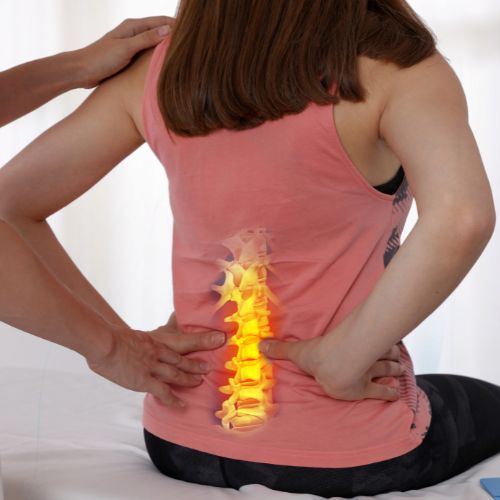
Chiropractor
Most chiropractors focus on relieving pain in the neck and back but their duties do not stop there
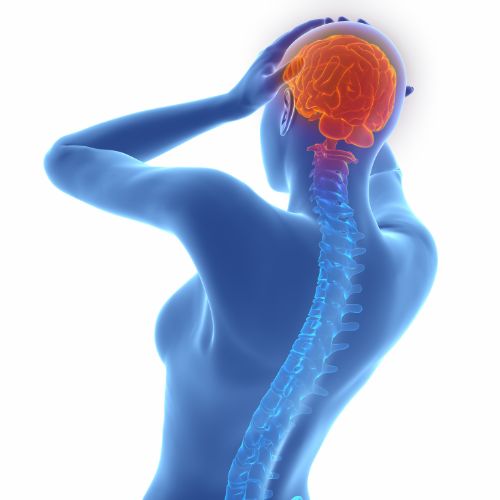
Neurological Rehabilitation
Neurological rehabilitation has the ability to improve brain function and health.
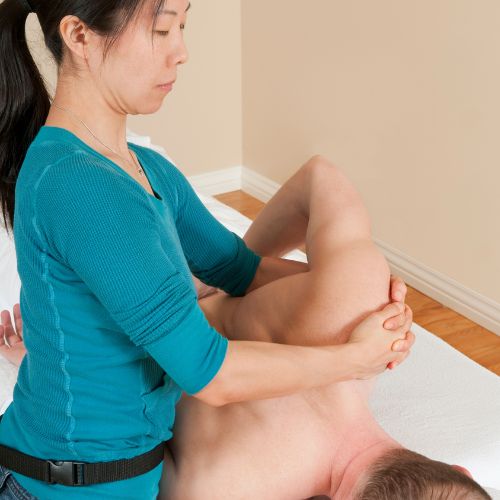
sports massage
Step into the realm of sports massage for athletes at the Joint Efforts Chiropractor and Neuro Physiotherapy Clinic.

Pilates
Mind-Body-Fitness can dramatically transform the way your body looks, feels, and performs. The body heals most effectively movement is anatomically sound and balanced.
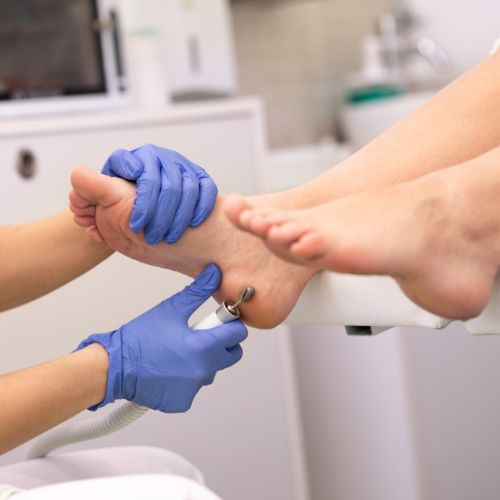
Podiatry
There may be various altered feet biomechanics due to above mentioned problems. Any altered feet biomechanics could lead to altered body weight distribution .

Home Visit
Home physiotherapy is one of the main specialties of a joint efforts physiotherapy clinic. It provides direct/ indirect support to many multi-super specialty hospitals and clinics

Women's Physiotherapy
Are you suffering from health issues like pelvic floor problems, post-pregnancy complications, or osteoporosis?

Pain Management
Pain is one of the most common symptoms of many of our diseases and Illnesses.
BEST PHYSIOTHERAPY/ CHIROPRACTOR IN NOIDA
Pain Management Clinic For You & Your Family.
Joint Efforts is a Group of 150+ skilled physiotherapists. We offer all physiotherapy treatments at our clinic in Sector-51 Noida, as well as physiotherapy at home in Noida. We are working since 2010 and helped 45000+ patients to live pain-free life. We do treat all kinds of pain i.e. Back, lower back, Shoulder, neck, knee, elbow, wrist, and ankle pain in Noida. We promote manual therapy with quick and permanent pain relief.
Your nearby physiotherapy clinic
Media
Let us know about Physiotherapy Problems and possible solutions
Physiotherapy Updates
Let us find out facts about physiotherapy problems…
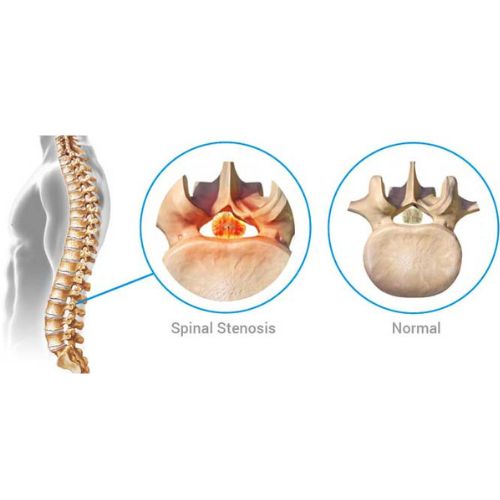
Lumbar Canal Stenosis
Lumbar Canal Stenosis: An Effective Approach to Physiotherapy Are you experiencing discomfort and...
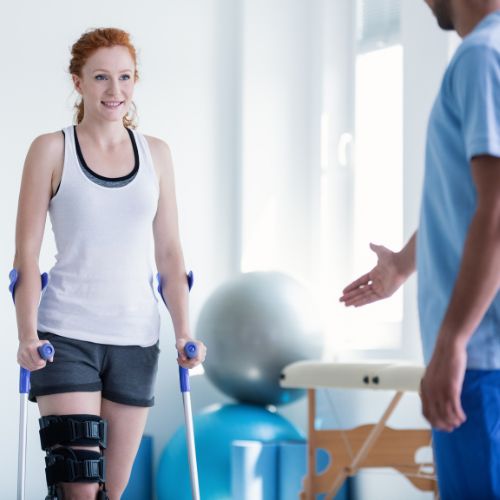
Physiotherapy and How It Can Help
Physiotherapy is an amalgamation of injury prevention, fitness, and sustainable healing....
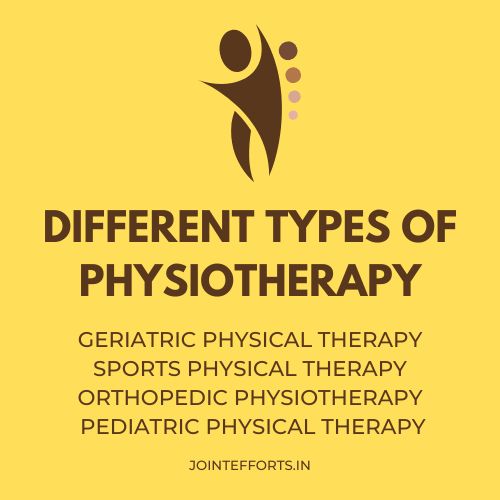
Different Types of Physiotherapy
The benefits of physiotherapy are recognized for decades. But what most people aren't informed of...
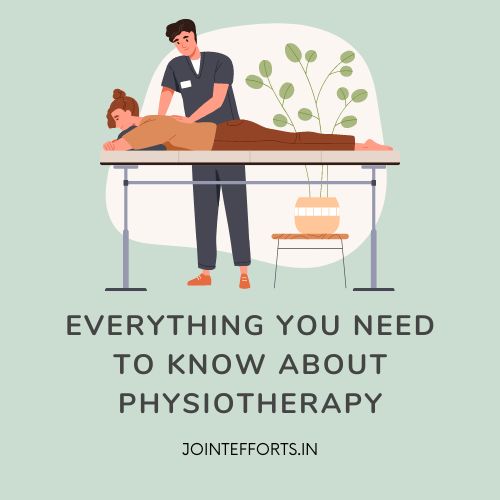
What does physiotherapy do?
Physiotherapists are the most important healthcare professionals who offer physical therapy. The...
Physiotherapy Updates
Let us find out facts about physiotherapy problems…

Lumbar Canal Stenosis
Lumbar Canal Stenosis: An Effective Approach to Physiotherapy Are you experiencing discomfort and limited mobility due to lumbar canal stenosis? Look no further, as the Joint Efforts Physiotherapy...

Physiotherapy and How It Can Help
Physiotherapy is an amalgamation of injury prevention, fitness, and sustainable healing. Physiotherapy can address any issues causing disability or injury; with the best physiotherapist in Noida,...
Joint Efforts Physiotherapy Clinic in Noida
Trusted By Thousands Of Patients
Let us find out what our patients talk about us...
